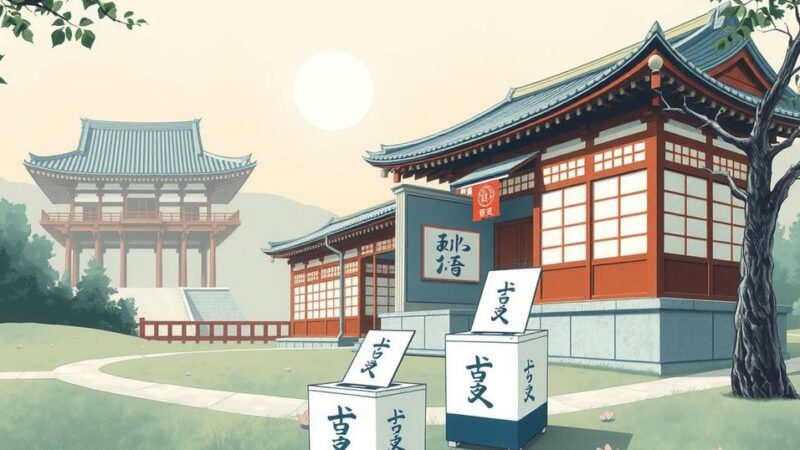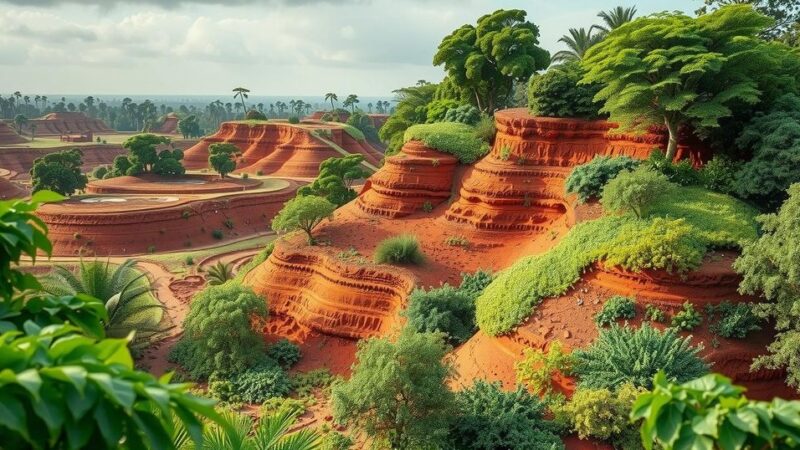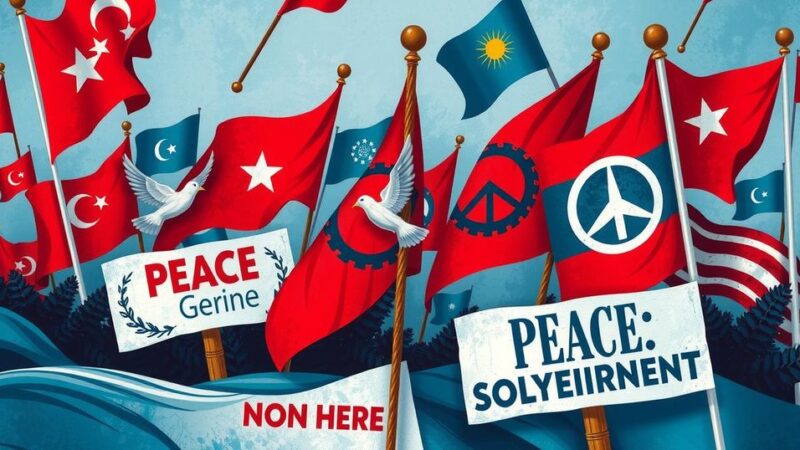Former Peruvian President Pedro Castillo is on trial for rebellion and abuse of authority due to his failed attempt to dissolve Congress before an impeachment vote in December 2022. His ousting led to widespread protests, resulting in numerous fatalities. Castillo argues legislative opposition hindered his reforms but now faces a 34-year prison sentence if convicted. He also contends he’s not guilty of rebellion since his decree had no real impact.
Former Peruvian President Pedro Castillo is currently undergoing trial on multiple charges, including rebellion and abuse of authority, stemming from his failed attempt to dissolve Congress in December 2022. His move came just as Congress was preparing for an impeachment vote against him, leading to claims from prosecutors that he attempted a coup. Castillo’s government, notable for his status as Peru’s first indigenous president, faced significant unrest following his removal, resulting in at least 49 fatalities during subsequent protests.
Since his ousting, Castillo has been held at a police base, where his trial is taking place. Prosecutors are seeking a 34-year prison sentence for his actions. Castillo claims that legislative roadblocks from conservative parties in Congress hindered his governance efforts to improve education and infrastructure in rural areas.
His attempts to dissolve Congress have provoked comparisons to former President Alberto Fujimori’s autocratic measures in the 1990s. During a pre-trial hearing, Castillo insisted on his innocence, asserting, “I only read out a document that had no consequences.” Castillo additionally faces a separate corruption investigation regarding irregular military promotions and questionable procurement practices for a contract.
Pedro Castillo’s trial for his attempt to dissolve Congress reflects deep political divisions in Peru. The former president’s actions, linked to significant public unrest, have drawn scrutiny and led to serious legal consequences. As the case progresses, it emphasizes the challenges faced by political leaders within the current Peruvian landscape.
Original Source: abcnews.go.com






